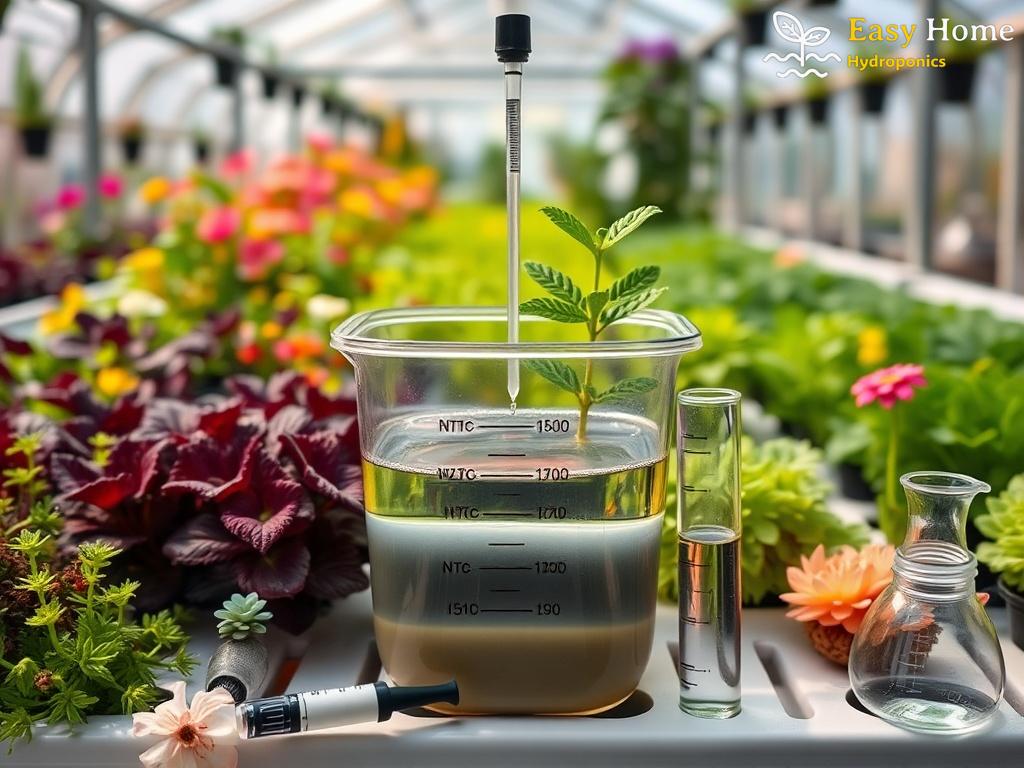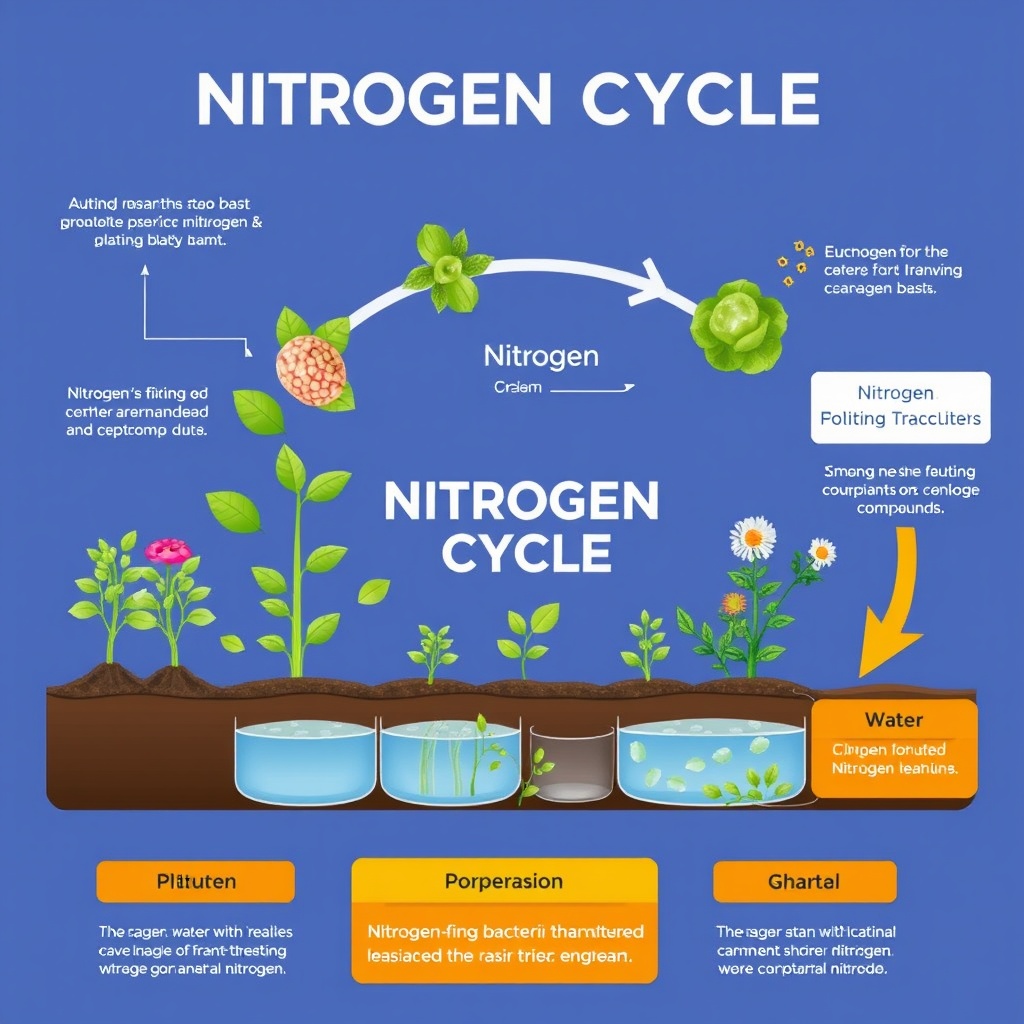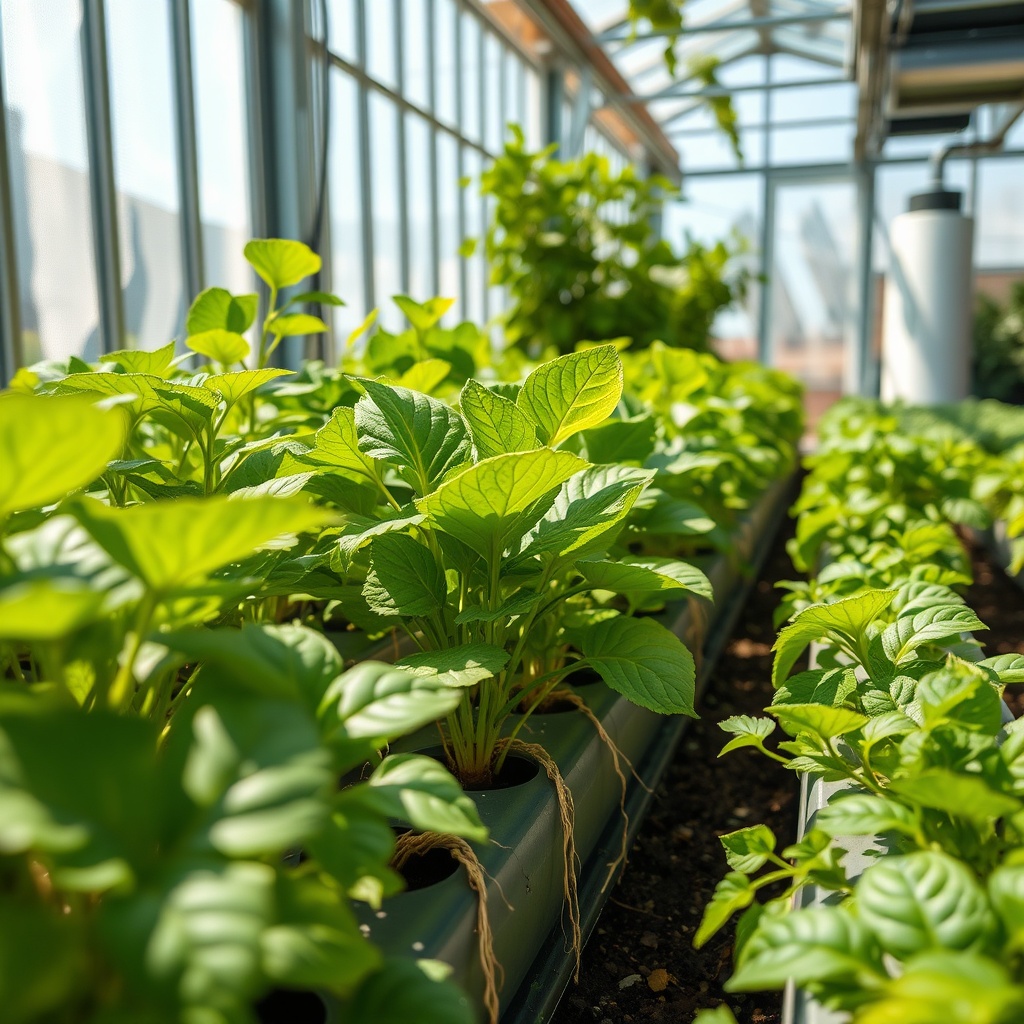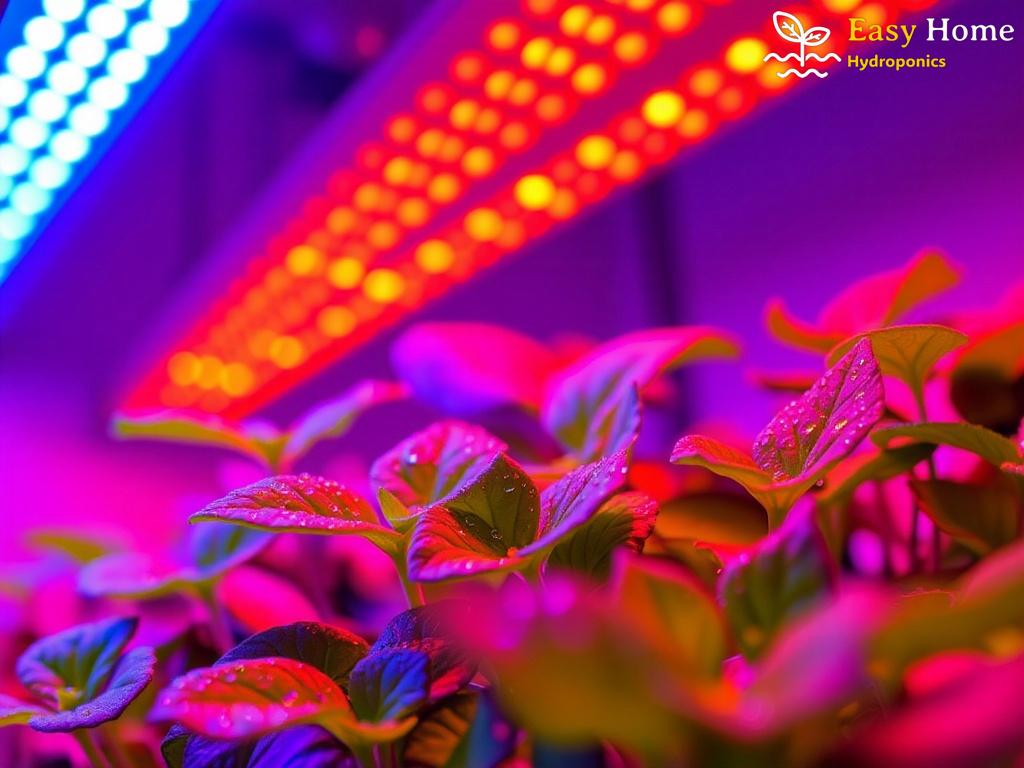Decoding Nutrient Ratios: The Basics
In the world of hydroponics, understanding nutrient ratios is akin to knowing the secret recipe for a gourmet dish. Just as a chef carefully balances flavors, hydroponic growers must meticulously adjust nutrient solutions to foster optimal plant growth. This guide will unravel the mystery behind nutrient ratios, providing you with the knowledge to cultivate thriving plants in a soilless environment.
Plants require a mix of macronutrients and micronutrients to flourish. Macronutrients—nitrogen (N), phosphorus (P), and potassium (K)—are needed in larger quantities, whereas micronutrients like iron, manganese, and zinc, though required in smaller amounts, are equally vital. Understanding the role of each nutrient is crucial in decoding their ratios.
| Nutrient | Role in Plant Growth |
|---|---|
| Nitrogen (N) | Promotes leaf growth and overall plant vigor. |
| Phosphorus (P) | Supports root development and flowering. |
| Potassium (K) | Enhances disease resistance and water regulation. |
| Calcium (Ca) | Strengthens cell walls and promotes root health. |
| Magnesium (Mg) | Essential for photosynthesis and chlorophyll production. |
| Micronutrients | Facilitate various biochemical processes. |
Determining the right nutrient ratios can be a balancing act. Too much of one nutrient can hinder plant growth, while too little can lead to deficiencies. Here’s a quick guide to commonly recommended ratios for various growth stages:
- Vegetative Stage: N-P-K ratio of 3-1-2
- Flowering Stage: N-P-K ratio of 1-3-2
- Fruiting Stage: N-P-K ratio of 1-2-3
By fine-tuning these ratios, growers can significantly enhance plant health, yield, and quality. Remember, the journey to mastering nutrient ratios is continual; observing plant responses and adjusting as necessary is key to successful hydroponic gardening.
Essential Elements: What Your Plants Really Need
When embarking on a hydroponic journey, it’s crucial to recognize that not all nutrients are created equal. The success of your plants hinges on a delicate balance of essential elements that contribute to their growth and vitality. Grasping what your plants truly require sets the stage for a fruitful hydroponic experience, ensuring that they receive the necessary nutrients in the right proportions to thrive in a soilless environment.
Macronutrients form the backbone of any hydroponic nutrient solution, playing significant roles in the development and health of your plants. These essential nutrients are divided into primary and secondary categories, each contributing uniquely to the plant’s lifecycle. Nitrogen, a primary macronutrient, is vital for leaf development and overall vigor, promoting lush, green foliage. Without sufficient nitrogen, plants can exhibit stunted growth and yellowing leaves, signaling deficiency. Phosphorus, another key player, is critical for energy transfer and root establishment, especially during the early growth stages. It paves the way for strong root systems that anchor plants and enable efficient nutrient uptake. Finally, potassium acts as a regulator of water and nutrient movement within the plant, enhancing overall resilience to stressors such as disease and drought.
While macronutrients steal the spotlight, it’s vital not to overlook the micronutrients. These trace elements, though needed in smaller quantities, are indispensable for various biochemical processes. Nutrients like iron, manganese, and zinc play critical roles in photosynthesis, enzyme function, and overall plant metabolism. A deficiency in any of these can lead to serious growth issues, highlighting the importance of a well-rounded nutrient profile. Understanding the specific roles of each micronutrient allows growers to tailor their solutions more effectively, ensuring each plant receives a balanced diet that fosters growth and resilience.
| Nutrient | Role | Deficiency Symptoms |
|---|---|---|
| Nitrogen (N) | Leaf growth and vigor | Yellow leaves, stunted growth |
| Phosphorus (P) | Root development and flowering | Poor root system, delayed flowering |
| Potassium (K) | Disease resistance and water regulation | Weak stems, wilting |
| Iron (Fe) | Chlorophyll synthesis | Chlorosis, interveinal yellowing |
| Manganese (Mn) | Photosynthesis | Brown spots on leaves, leaf drop |
Understanding the essential elements your plants need, along with the intricate dance of nutrient ratios, is paramount to achieving hydroponic success. By acknowledging both the macronutrients and micronutrients, and their respective roles, you empower yourself to create an optimal growing environment. As you experiment and observe the reactions of your plants, you will refine your nutrient solutions, paving the way for a lush, bountiful harvest.
Balancing Act: Creating the Perfect Mix
In the fascinating realm of hydroponics, creating the ideal nutrient mix is akin to orchestrating a symphony. Each nutrient plays its part, and the harmony achieved through careful balancing is what leads to thriving plants. The journey towards the perfect mix requires not only an understanding of the individual nutrients but also a keen awareness of how they interact with one another. In this section, we will explore the intricate task of balancing these essential elements to ensure your plants flourish in a soilless environment.
Crafting the right nutrient blend is a science as much as it is an art. Different plants have varying nutrient needs depending on their growth stage and environmental conditions. The key is to start with a solid foundation—an established nutrient base that addresses the macronutrients and micronutrients necessary for healthy growth. This foundation can then be adjusted based on specific plant requirements.
To successfully achieve nutrient balance, growers can follow a series of practical steps. Below is a concise list that outlines the process of creating your ideal nutrient mix:
- Assess Plant Needs: Identify the plant species and its growth stage to determine the specific nutrient requirements.
- Choose Quality Nutrient Solutions: Source high-quality hydroponic nutrient solutions that contain a balanced mixture of macronutrients and micronutrients.
- Start with Recommended Ratios: Use commonly suggested nutrient ratios as a baseline, such as 3-1-2 for vegetative growth.
- Monitor Plant Health: Regularly observe your plants for signs of nutrient deficiencies or excesses, adjusting your mix accordingly.
- Conduct Regular Tests: Utilize pH and EC meters to regularly test your nutrient solution, ensuring the right balance is maintained.
It’s essential to recognize that the interaction between nutrients can influence plant growth. Some nutrients can enhance the absorption of others, while certain combinations may lead to antagonistic effects. Below is a table that highlights key nutrient interactions to consider when balancing your hydroponic solution:
| Nutrient | Enhances | Antagonizes |
|---|---|---|
| Nitrogen (N) | Potassium (K) | Calcium (Ca) |
| Phosphorus (P) | Magnesium (Mg) | Zinc (Zn) |
| Potassium (K) | Calcium (Ca) | Magnesium (Mg) |
This table serves as a handy reference for understanding how different nutrients can work together or against each other. By keeping these interactions in mind and adjusting your nutrient mix accordingly, you can fine-tune your hydroponic system for optimal growth.
Common Mistakes in Nutrient Ratios
As hydroponic gardening gains popularity, many growers dive into the intricate world of nutrient ratios with enthusiasm. However, amidst the excitement, common pitfalls can undermine their efforts. Missteps in understanding and applying nutrient ratios can lead to stunted growth, poor yields, and even plant demise. Let’s shine a light on these frequent errors so that you can navigate your hydroponic journey with confidence and expertise.
One of the most prevalent mistakes is disregarding how nutrients interact with one another. A balanced nutrient solution is not merely about meeting the required amounts of each element; it’s also about how these elements influence each other. For example, an excess of potassium can inhibit calcium absorption, leading to potential deficiencies. Recognizing these interactions is critical for maintaining a healthy hydroponic environment.
Another common error is applying a one-size-fits-all approach to nutrient ratios. Each plant species has unique nutritional requirements that can vary significantly based on their growth stage and environmental conditions. Failing to tailor your nutrient solution can result in inadequate nourishment or toxic buildup. Understanding the specific needs of your plants and adjusting your ratios accordingly is key to achieving optimal growth.
To help you steer clear of these pitfalls, here’s a concise list of essential tips:
- Research Plant Requirements: Familiarize yourself with the nutrient needs of the plants you are growing, including their preferences at different growth stages.
- Monitor Regularly: Keep a close eye on your plants for signs of nutrient deficiencies or toxicities and adjust your ratios as needed.
- Utilize Quality Nutrients: Invest in high-quality nutrient solutions that are specifically designed for hydroponic systems and ensure they contain balanced ratios.
- Test Your Solution: Regularly test the pH and electrical conductivity (EC) of your nutrient solution to confirm that it falls within the optimal ranges for your plants.
By steering clear of these common mistakes and adhering to these tips, you can enhance your hydroponic gardening experience. A well-balanced nutrient solution paves the way for vibrant growth, abundant yields, and a successful soilless cultivation adventure.
Advanced Techniques: Tailoring Ratios for Specific Crops
As hydroponic gardening continues to evolve, the understanding of how to tailor nutrient ratios for specific crops has emerged as a pivotal technique for growers seeking to maximize their yields. Each plant species boasts unique physiological characteristics and nutrient requirements, making it essential for growers to adapt their nutrient solutions accordingly. By diving deeper into the specific needs of your chosen crops, you can create a customized nutrient profile that ensures optimal growth and health.
Different crops exhibit varying responses to nutrient ratios, largely influenced by their growth stages and environmental conditions. For instance, leafy greens such as lettuce thrive on higher nitrogen levels, promoting lush foliage and rapid growth. In contrast, fruiting plants like tomatoes and peppers require a shift in nutrient focus, with increased phosphorus and potassium levels to support robust flowering and fruit development. By understanding these crop-specific needs, you can effectively fine-tune your nutrient ratios to align with the physiological demands of each plant variety.
The journey of tailoring nutrient ratios does not end once the initial mix is created. Continuous monitoring and adjusting are crucial components of successful hydroponic gardening. Regular observation of plant health can reveal subtle signs of nutrient deficiencies or excesses, guiding you to make timely adjustments. Utilizing tools like pH and EC meters will further enhance your ability to maintain the ideal nutrient environment. Remember that the goal is not just to provide nutrients but to create a balanced ecosystem where your plants can thrive. As you gain experience in this nuanced art, you will find that the rewards of tailored nutrient ratios manifest in bountiful harvests and vibrant plant growth.




